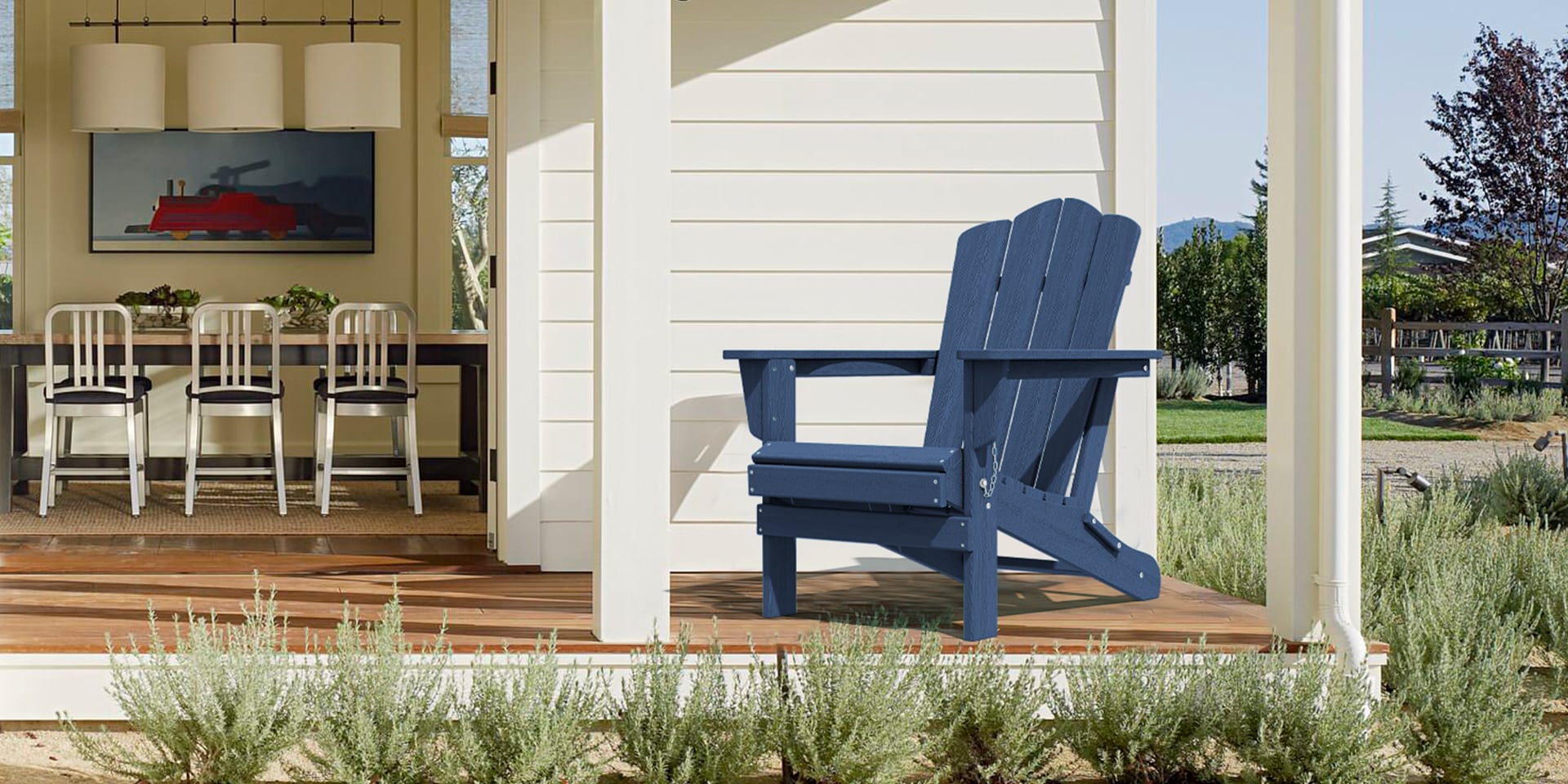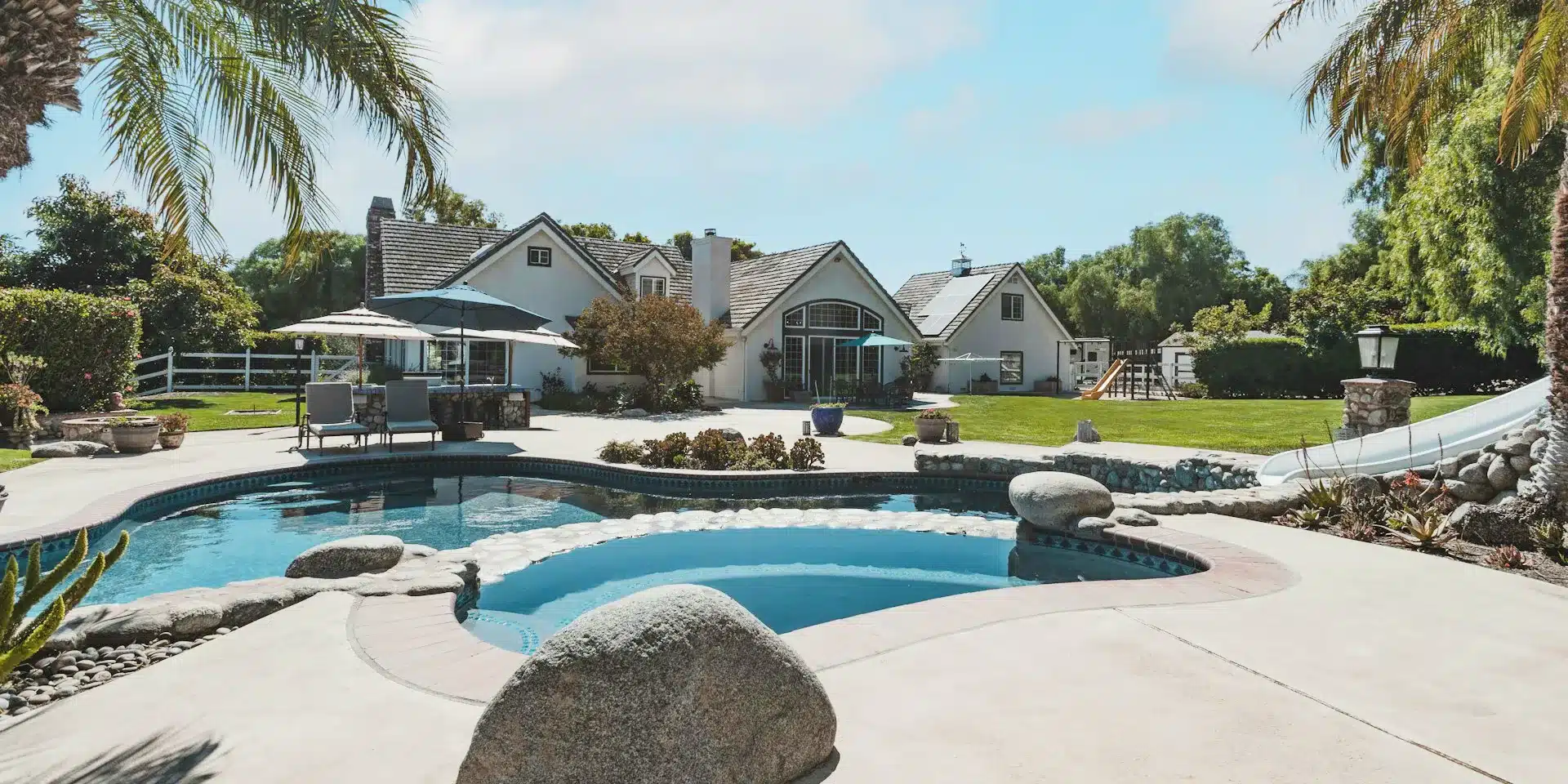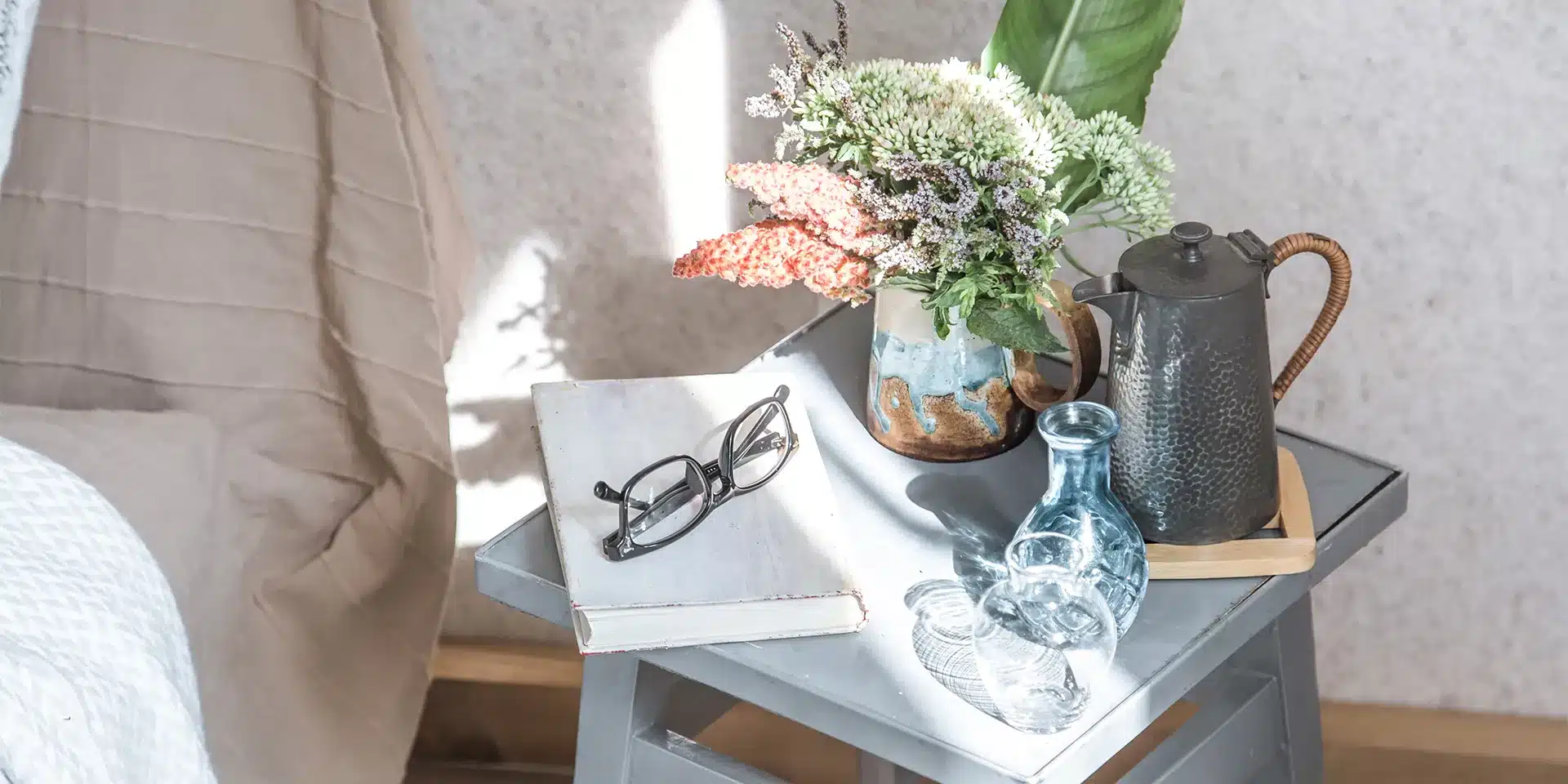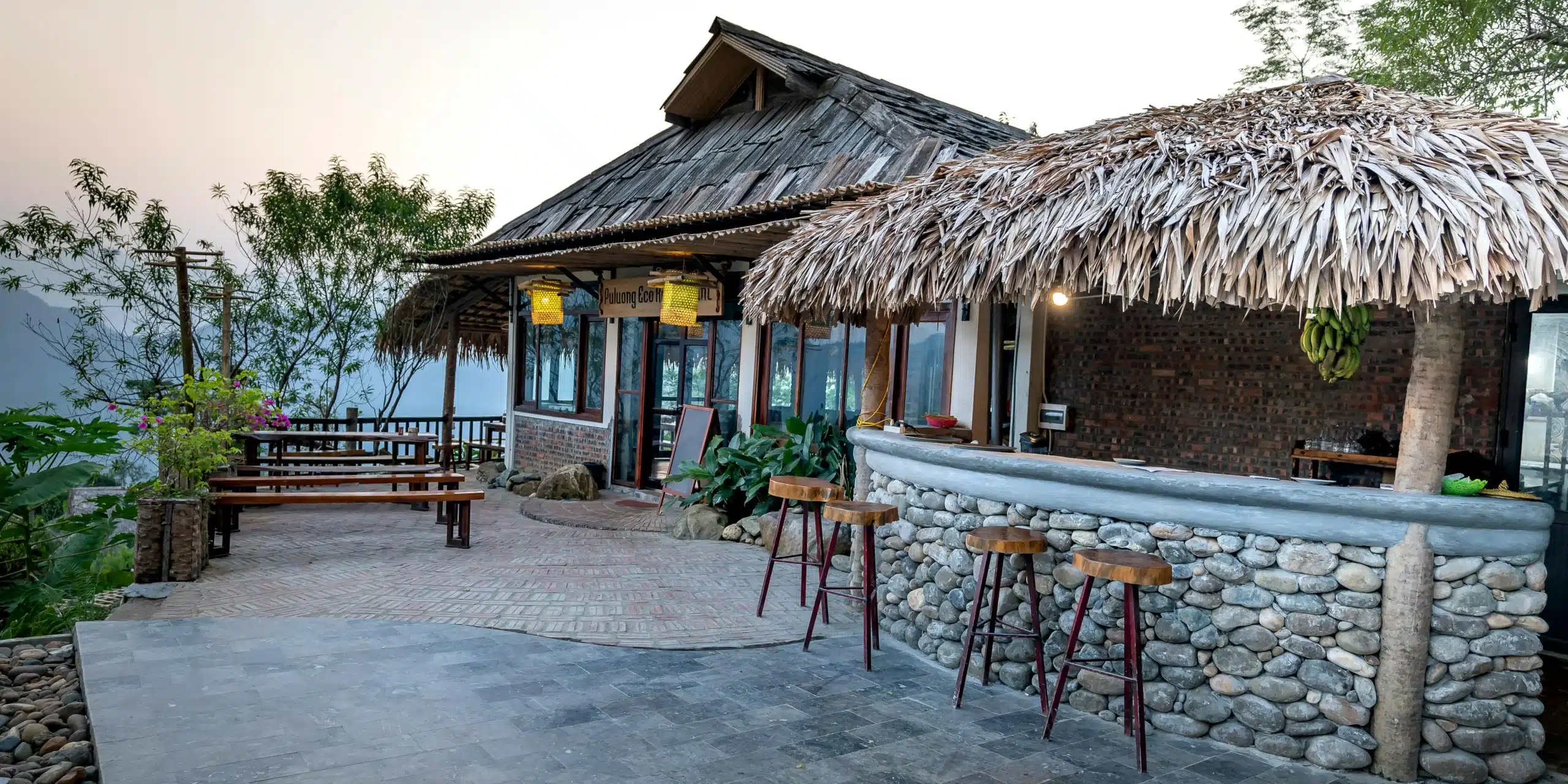Adirondack chairs are a classic and timeless addition to any outdoor space. They provide comfort, style, and relaxation, making them a popular choice for homeowners. What factors need to be considered when choosing the wood for your Adirondack chair? What is the best wood to make Adirondack chairs? In this article, you can find the answers.
We have compiled the 10 best woods for Adirondack chairs for you. Keep reading to learn about the pros and cons of each wood as well as the characteristics to help you make an informed decision.
Considerations: Choosing Wood for Adirondack Chairs
Durability
Adirondack chairs are often used outdoors and must withstand a variety of environmental stresses, from strong sunlight and rain to humidity and temperature fluctuations. Therefore, it is important to choose weather-resistant and durable woods, such as cedar, teak, and cypress. Their resistance to rot and insects ensures that the chairs will maintain their best appearance for a long time.
Stability
Wood stability refers to how well the material holds its shape and resists warping or cracking over time. Adirondack chairs experience frequent use and exposure to moisture, so it’s crucial to choose a wood species that maintains its structural integrity. Hardwoods like oak, mahogany, and teak are known for their stability and can endure the outdoor elements effectively.

Weather Resistance
Adirondack chairs are meant to be used outdoors, so selecting a wood that can withstand varying weather conditions is vital. Look for woods with natural oils or a high resin content that offer excellent resistance to moisture and UV rays. Cedar and teak are popular choices due to their natural weather-resistant properties, which reduce the need for regular maintenance.
Workability
Workability is an important aspect to consider when selecting wood for Adirondack chairs. It refers to how easily the wood can be shaped, cut, and manipulated during construction.Choose wood with strong workability to facilitate the later renovation and painting of the chair.
Aesthetics
The visual appeal of your Adirondack chairs is another important consideration. Different woods offer unique colors and grain patterns that can enhance the overall look of your outdoor space.
Some popular choices include the warm tones of cedar, the rich reddish-brown hues of mahogany, and the golden-brown elegance of teak. Consider the existing decor and choose a wood that complements your style and preferences.

Maintenance
While all woods require some degree of maintenance, certain types need more care than others. Some woods may need regular staining or sealing to maintain their appearance, while others naturally weather to a beautiful gray patina without much intervention.
Determine the level of maintenance you are willing to undertake and choose a wood that aligns with your preferences.
10 Best Wood for Adirondack Chair
Now that we’ve explored the factors to consider when choosing Adirondack chair wood, let’s dive into and compare these high-quality wood types.Read on to learn about the pros and cons of each type of wood and find the best type for you.

1.Cedar
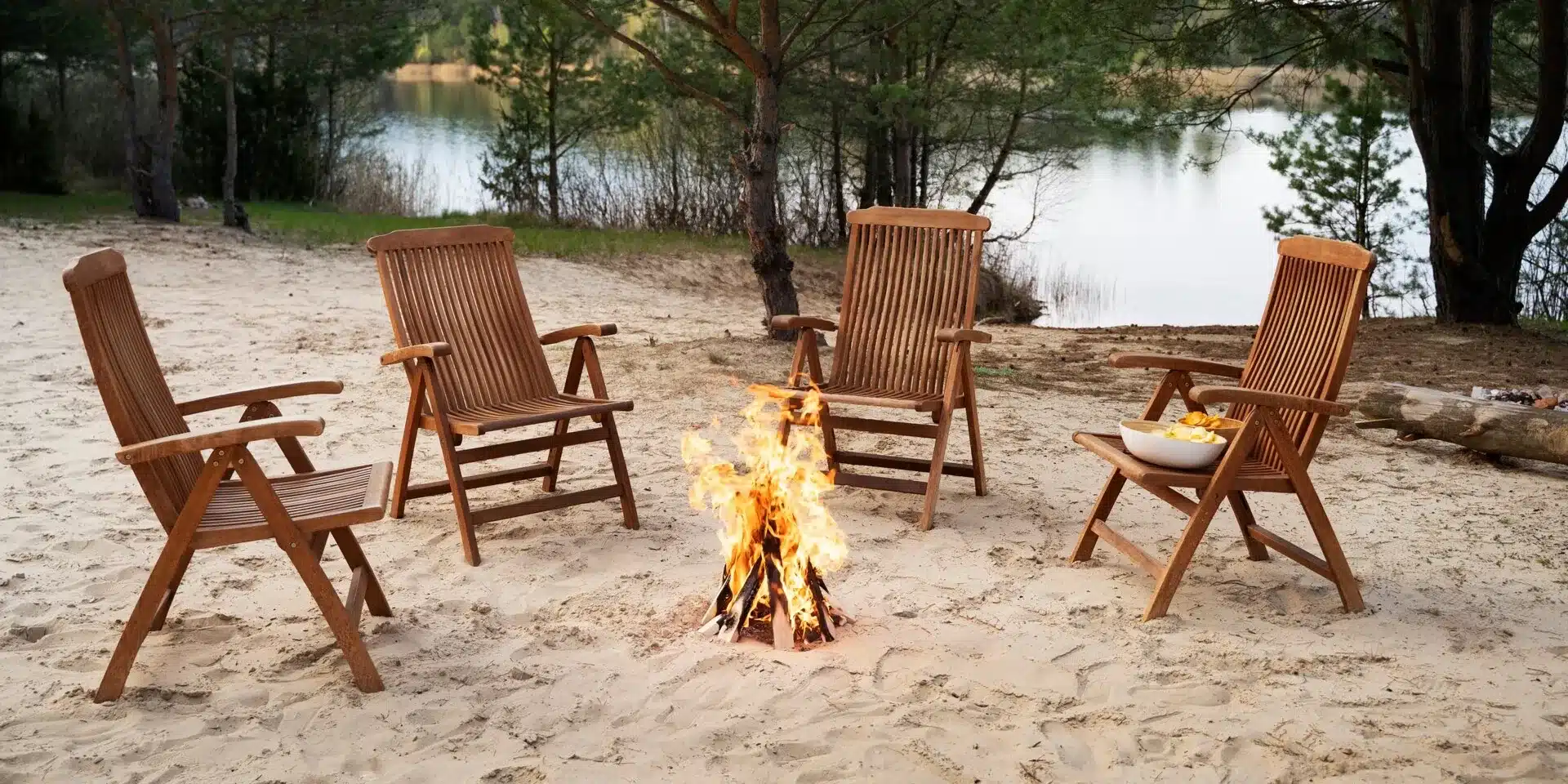
Cedar is a highly regarded wood known for its appealing grain patterns and a range of rich hues, from light amber to deep reddish-brown. These characteristics contribute to its natural and rustic look when used in the construction of chairs.
In addition to its aesthetic qualities, cedar is a durable wood with resistance to decay, rot, and insect damage. This durability makes it an ideal choice for outdoor furniture, allowing it to withstand the elements, including rain, sunlight, and temperature fluctuations.
PROS
- Resistant to decay, rot, and insect damage
- Lightweight
- Weather-resistant, not prone to warping, twisting, or splitting
- Aromatic scent deters pests
- Attractive grain patterns
CONS
- More expensive
- Requires regular cleaning, sanding, and resealing or staining
- Color may fade over time if not properly protected
- Being a softwood, it is more prone to dents and scratches
2.Teak

Teak is weather-resistant and weatherproof, making it the wood of choice for Adirondack chairs. Teak is resistant to rot, insects, and fungi, allowing it to remain intact even in the harshest outdoor conditions. It can withstand prolonged exposure to the sun, rain, moisture, and temperature fluctuations without warping, cracking, or aging.
In addition, it is rich in natural oils and has a high silica content, which gradually develops a beautiful silver-gray patina as it ages. It does not require regular painting to maintain its beautiful appearance.
PROS
- Durable, resistant to decay, rot, pests
- Weather-resistant, not prone to warping, cracking, or deteriorating
- Low-maintenance
- Rich, golden-brown hue and tight grain pattern
CONS
- More expensive
- High density makes it difficult to work with
- Limited availability
3. Mahogany
Mahogany is not prone to dents, scratches, and damage, making it a great wood for making Adirondack chairs. It is usually reddish brown with darker streaks, creating a warm and luxurious aesthetic. The fine grain and smooth texture make it more elegant overall.
Its resistance to rot, decay, and insect pests allows it to withstand rain, moisture, and moisture without noticeable deterioration. Outdoor adirondack chairs made from it are durable and long-lasting. They can also maintain their elegant appearance for many years.
PROS
- Beautiful reddish-brown hue with darker streaks
- Durable, highly resistant to dents, scratches, and damage
- Weather-resistant, naturally resistant to decay, rot, and insect damage
- Stable, less likely to warp or swell
CONS
- More expensive
- Endangered or protected due to unsustainable logging practices
- Heavy wood
- Requires regular maintenance
4. Cypress

Cypress has excellent weather resistance. It is not prone to warping, shrinking and swelling in wet environments, making it ideal for making weatherproof Adirondack chairs. Chairs made from it can withstand rain, moisture and temperature fluctuations without compromising their structural integrity.
In addition, cypress has a unique and beautiful appearance. The overall light golden or honey color, with occasional dark streaks or knots, adds personality and visual interest to the Adirondack chair.
PROS
- Highly durable, resistant to decay, rot, and insect damage
- Weather-resistant, can withstand rain, humidity, and temperature fluctuations
- Light golden or honey-colored hue
- Less prone to warping or twisting
CONS
- More expensive
- Requires regular cleaning and staining
5. Yellow Pine
Yellow Pine possesses natural weather-resistant properties, which help it withstand exposure to moisture, sunlight, and temperature fluctuations. It is less likely to warp, crack, or decay, making it ideal for outdoor furniture.
Compared to some other hardwoods, Yellow Pine is relatively affordable. And it is easy to work with using standard woodworking tools. It takes well to cutting, drilling, and sanding, allowing for customization and intricate designs.
PROS
- Strong and durable, less likely to warp, crack, or decay
- Weather-resistant, can withstand rain, sun and wind
- Easy to work with
- Affordable
CONS
- Less resistant to wood-boring insects
- Knots and resin pockets may impact its apperance
- Requires regular staining, sealing, or applying a protective finish
- More heavier
6. White Oak
White oak is one of the strongest hardwoods in existence and is able to withstand high levels of weight. Its high strength, resistance to decay, and overall longevity make it a popular wood for making adirondack chairs. The light to medium brown appearance and unique grain pattern give the chair a vintage and stylish look.
PROS
- Strong hardwood, can withstand heavy use and weight
- Natural resistance to rot, decay, and insect infestation
- Beautiful grain pattern and light color
- Durable, less prone to warping and splitting
- Low-maintenance
CONS
- More expensive
- Heavy wood
- High density makes it difficult to work with
7. Ipe

Ipe, also known as Brazilian Walnut, is a highly sought-after wood for crafting Adirondack chairs due to its exceptional durability, strength, and natural beauty. Ipe is one of the most durable hardwoods available. It is highly resistant to scratches, dents, and general wear and tear, making it a perfect choice for Adirondack chairs.
Ipe boasts a distinctive and elegant appearance. It features a deep, rich brown color with occasional hints of red and purple undertones. The wood’s fine grain and smooth texture contribute to its overall appeal, providing Adirondack chairs with a luxurious and sophisticated aesthetic.
PROS
- Incredibly strong and dense, highly resistant to scratches and dents
- Weather-resistant, naturally resistant to moisture, rot, and decay
- Low-maintenance
- Rich brown color with fine grain
CONS
- Very expensive
- High density makes it difficult to work with
- Heavy wood
8. Eucalyptus
Eucalyptus is known for its sustainable growth and renewable qualities. It is a fast-growing tree species, allowing for responsible harvesting and reducing the strain on natural resources. Choosing eucalyptus for Adirondack chairs can align with environmentally conscious practices.
Eucalyptus wood showcases a warm, reddish-brown color with a straight and even grain pattern. It is a durable hardwood that can withstand outdoor conditions. It possesses a natural resistance to decay, rot, and insect infestations.
Compared to other hardwood options, eucalyptus tends to be more affordable. This makes it an attractive choice for those seeking the strength and appeal of hardwood without the higher price tag.
PROS
- Sustainable and renewable
- Durable, resistant to rot and insect
- Beautiful reddish-brown color
- More affordable
CONS
- Requires regular maintenance or applying a protective finish
- Prone to warping and splitting if not dried and treated well
- May fade to a silver-gray patina
9. Acacia

Acacia is considered a sustainable wood choice. Acacia is naturally resistant to scratches, dents, and daily wear and tear, making it suitable for outdoor furniture such as Adirondack chairs.
Acacia has a warm and pleasant appearance with reddish-brown and golden tones. It combines durability and beauty with some other hardwoods without the high price.
PROS
- Highly durable, resistant to scratches and dents
- Distinctive grain patterns
- Eco-friendly
- Affordable
CONS
- Requires regular maintenance or applying a protective finish
- Prone to warping and splitting if not dried and treated well
- Heavy wood
10. Douglas Fir
Douglas fir has a warm, attractive reddish-brown hue and straight grain. It can be left unfinished for a natural look or stained or painted to match different design preferences.
Douglas fir is known for its exceptional strength. It is easy to cut, shape, and sand, making it ideal for creating custom designs and fine details for Adirondack chairs.
PROS
- Strong and durable
- Lightweight and easy to work
- Beautiful reddish-brown hue with a straight grain pattern
- More affordable
CONS
- Susceptible to dents, scratches, and general wear
- Prone to warp or crack
- Requires regular maintenance and sealing
Conclusion

In general, softwood is lighter, grows faster, and is more flexible. It is easy to cut and transport. Hardwood is heavy, expensive, and durable. We compare 10 common woods from many aspects, and you can choose the right adirondack material according to your needs.
In recent years, recyclable plastics have also become popular adirondack chair materials, such as high-density polyethylene (HDPE) and high-impact polystyrene (HIPS). The adirondack chair made of them has a wood texture appearance and is durable, fade-resistant, and weatherproof. Buy an adirondack chair and start your environmentally friendly outdoor life. Serwall provides you with a variety of color and type options, such as wide Adirondack chairs, folding Adirondack chairs, etc.
FAQs
Cedar Adirondack chairs can last anywhere from 10 to 25 years or more, depending on various factors such as the quality of the wood, maintenance practices, exposure to weather conditions, and usage. Regular cleaning, sealing, and protecting from prolonged exposure to sunlight and moisture can help extend their lifespan.
Teak i the most weather-resistant wood. It is highly resistant to moisture, rot, warping, and insect damage, making it a popular choice for outdoor furniture and structures. Teak’s durability allows it to withstand various weather conditions and last for decades with proper care.
Cedar is a commonly used wood for building Adirondack chairs. It is durable, lightweight, and naturally resistant to decay and insect damage. Cedar’s natural beauty and pleasant aroma also make it an appealing choice. Other suitable wood options include teak, cypress, and mahogany, depending on your preferences and availability.
Cedar is generally considered a better choice due to its natural resistance to decay, rot, and insect damage. With its natural oils acting as preservatives, cedar becomes a durable and highly suitable wood choice for outdoor furniture.
Pine is a softer wood and may require more maintenance and protection to withstand outdoor conditions. It is more susceptible to insect infestation and fades unless properly treated and sealed. However, pine can be a more affordable option and can still be used to build Adirondack chairs with proper care and treatment.
Ultimately, the choice between cedar and pine depends on factors such as your budget, desired aesthetics, and willingness to perform maintenance and protection tasks to prolong the chair’s lifespan.
It may be cheaper to build Adirondack chairs yourself, especially if you have the necessary tools and woodworking skills. DIY construction allows you to customize the design and choose cost-effective materials.
However, buying ready-made Adirondack chairs may be more convenient if you lack the time, skills, or resources for building them. Prices can vary depending on the quality, material, and brand of the chairs.

